If you’re a neurodiverse individual, going to the Disney Parks can be hard. I should know; I’m on the autistic spectrum myself.
Luckily, with some planning and research, it’s possible for someone on the spectrum to enjoy a Disney vacation. You’ve just got to know where to begin.
There’s one thing that everyone on the spectrum dreads when it comes to an overstimulating space like the Disney Parks: the Meltdown.

You’ve probably seen them. Sometimes it looks like a massive tantrum. Sometimes it looks like a crying fit. Sometimes it looks like a panic attack. It seems like the person melting down is being totally unreasonable, but there’s a lot more to it than that. Let me show you.
A Brief Glimpse Into the Neurodiverse Mind
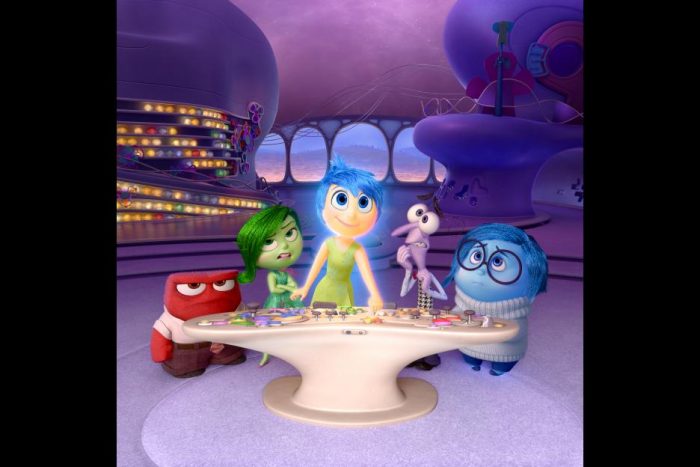
One of the most common manifestations of neurodiversity is a difference in processing stimuli. In other words, we experience the world differently. If you’re neurotypical, the crowd noises at Disney might just be pleasant background murmurs. If you’re neurodiverse, your brain might not know what to focus on and end up spiraling into a panic from over stimulation.
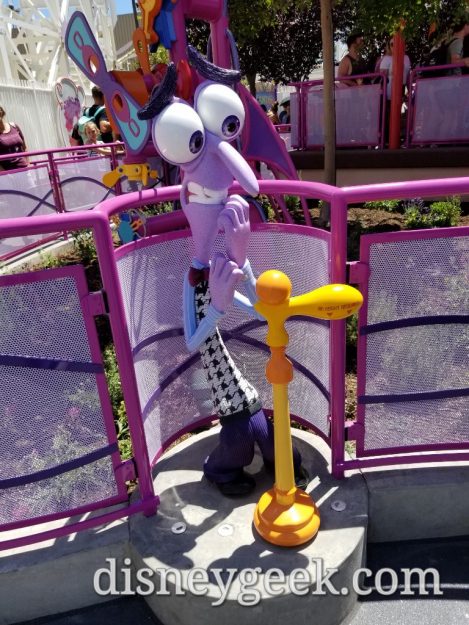
Managing all of this requires differing amounts of energy. For me, it takes energy to maintain eye contact during a conversation and react calmly to sudden loud noises, but I was diagnosed as a child and have had a lot of practice managing my reactions. Another person might feel claustrophobic in crowds or be unable to handle certain textures without shuddering. Everyone is different. It’s neurodiversity.

When we run out of mental energy, it means we’ve reached our breaking point. If you’re neurotypical (that is to say, not on the spectrum), try to imagine a terrible day. The worst thing that ever happened to you. A big chunk of your mental energy is devoted to processing that so you can function, leaving just a trickle for day to day annoyances. Did you eventually hit some small trigger that sent you into a rage or caused you to burst into tears?
That’s the same principle as a meltdown; the only difference is that seemingly ordinary things place an undue burden on our mental energy, and we often reach our breaking point while being actively overstimulated. If your mental energy is drained because a loved one died or you lost your job, you have some space from your trauma when a jerk cuts you off in traffic. However, if your mental energy is being drained because you can’t stand crowds and then runs out while you’re in a crowd… the fight or flight response kicks in. It’s not fun for anyone involved, and it’s especially not fun for the person having the meltdown.

Therefore, the number one goal when visiting the parks as neurodiverse individual is to manage your mental energy. Taking steps to reduce the cognitive burden associated with a theme park will make your experience all the more pleasant.
The question is, how? That’s where things get a bit tricky.
The Golden Rule
Because autism is a spectrum, no two people on it have identical symptoms. To best accommodate your neurodiverse party member’s needs, you need to listen.
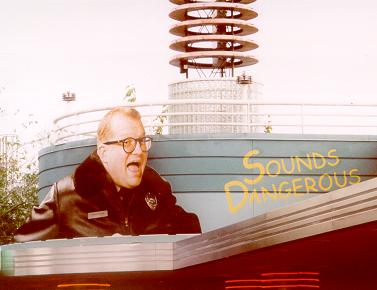
If you’re neurodiverse, you likely already know your triggers. Articulate to your party that you need a break. You can even set up a code phrase or other signal if you’re non-verbal or simply embarrassed to bring it up out loud.
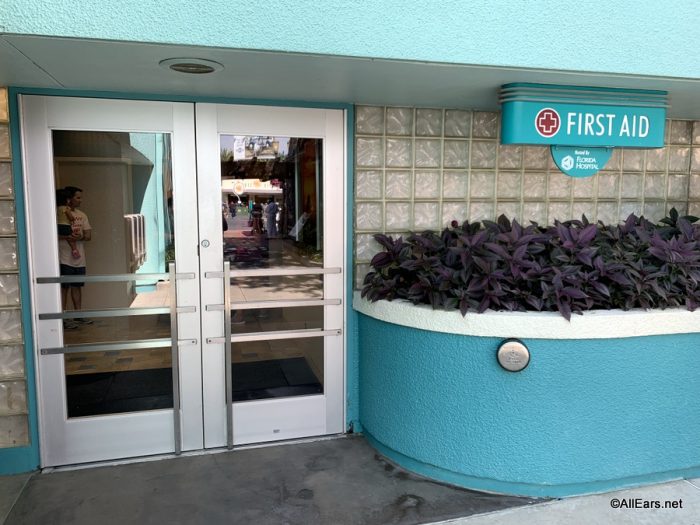
If your neurodiverse party member is a child, things become a bit more difficult. Children have a hard time articulating themselves as it is, and if a child is on the spectrum there’s that extra barrier to overcome. Teach your entire party to recognize the following symptoms.
- Elevated heart rate.
- Rapid breathing.
- Butterflies or tightness in the stomach.
- Distressed voice or refusal to speak.
- Unusually high rates of stimming behavior (hand flapping, spinning, rocking back and forth).
- Withdrawn posture or behavior.
- Sudden shortness of temper.
This is by no means a complete list, but if you notice these or similar symptoms in yourself or your loved ones, you may want to consider seeking refuge in a quiet area.
With all of that aside, while a meltdown is the worst-case scenario it’s not the end of the world. It’s a totally natural behavior and no reason to disrupt or radically alter your vacation. One thing many parents do is mistakenly pull a child in the midst of a meltdown from the park or scold them for their behavior. This only introduces additional anxiety and shame to the situation, which in turn adds more cognitive load, making another meltdown more likely in the future.
Instead, find a quiet spot, take a deep breath, and cool down for as long as you need. Consider seeking out alternative, non-triggering activities to do in the meantime, like trying snacks or looking at exhibits, and return to the more intense things when you’re ready.

Besides, with proper preparation, a meltdown is 100% avoidable. You just need to plan.
Before You Go
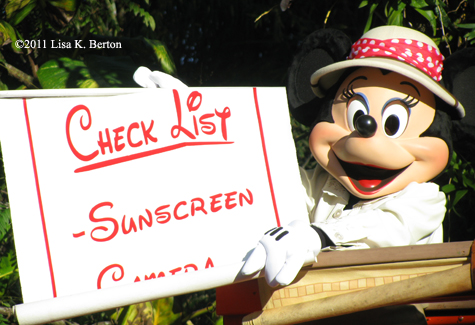
Before you even depart on your Disney vacation, there are two big cognitive steps you should try to take. The first one is to make sure the experience is one you look forward to rather than dread. The second is to make sure you’re aware of and have accommodated for any potential triggers. I know, it seems weird thinking that someone would dread going to a Disney Park (especially if they aren’t paying for it), but it’s true. For many people, especially young children, the Disney Parks are a big, loud, confusing question mark. As a child, I would refuse to touch countless classic attractions, even seemingly mild ones like Pirates of the Caribbean and the Haunted Mansion, because I didn’t know what to expect. Since neurodiversity is often comorbid with anxiety, that meant my brain assumed the worst, and I had to take the chicken exit until I was in my 20s.

Therefore, it’s a good idea to do research before you go. If you’re here, well, that’s already an excellent sign. We’ve got plenty of reviews and articles on what to expect on your park day. Other tips include watching ride and show POV videos on YouTube (including on AllEars TV). One thing that’s nice about theme park rides is that they’re more about the experience than anything else, so you can still have a magical experience even if you’ve watched ride-throughs. Some people are also comforted by knowing how a ride works, even if it means looking behind the magic for a bit. If you’ve already got an interest in technology and engineering, this actually might make the parks more fun for you!

Other than that, there are a few common triggers that can be easily managed.
Sound

Noise is one of the most common triggers for an anxiety attack, and Disney can get really loud, especially during shows. Luckily, this is an easy to manage. If you know someone uncomfortable with loud noises in your group, pack a pair of headphones or earbuds. Noise-cancelling headphones that fit over the ear are best. I use Sony’s noise-cancelling headphones since they’re relatively cheap compared to brands like Bose and feature adaptive sound filtering, so I can hear important information like safety instructions while still keeping background noise at a comfortable level. Still, dropping $150 on headphones may make some people balk. In that case, you can use ordinary ear plugs or ear protection, but be aware that doing so will essentially deafen the wearer. Have non-verbal communication plans ready (including a signal for removing the headphones), and keep an eye on any children.
If crowd noises are fine but fireworks noises are too much, keep in mind you don’t need to actually be in the parks to see the fireworks. Many lounges around the resort, like California Grill at the Contemporary and Dahlia Lounge at Coronado Springs offer views of the fireworks with reduced noise levels and crowds, though you’ll miss out on projections, music, and other special effects.
Crowds

This one is harder to manage. While there are more or less active times of year, the Disney parks will always be crowded. Crowds are unavoidable, but you can minimize exposure.

The simplest option is to bring a distraction — something to focus on during those long lines. Cellphones, tablets, gaming consoles, books, sensory toys, and headphones with music are all great options, but if you’re helping a younger child you’ll need to ensure they keep up with your party. If you’re travelling alone, or if your tolerance to long lines and crowds is much lower, consider asking for a Disability Access Service card or DAS. These are available for free at Guest Relations and allow you to set a return time for any attraction.
Unlike past versions of this service, it doesn’t allow you to completely skip the line; you’ll need to wait a “normal” amount of time, but you have the option to wait anywhere in the park. Just head to the entrance of the attraction if you’re at Disney World, or a Guest Experience Kiosk if you’re at Disneyland, and you’ll be set up with a return time. You don’t need any proof of disability to obtain at DAS, but you will need to get your photo taken during the registration process.

If you’re travelling in a group with small children, you can also consider using Rider Switch. This doesn’t require registration and can be done on a case by case basis. One group waits in line normally while the small child and the neurodiverse party member chill out elsewhere. When the first group finishes the experience, the second group can board the attraction without getting in line (or by using the shorter FastPass line). Rider Switch allows up to three people to ride, so this also allows some members of your party to get a second ride!
There are also some methods to minimize crowd exposure entirely. If you’re staying at a Disney Resort hotel, check to see if Extra Magic Hours are being offered during your vacation. Both Walt Disney World and Disneyland offer this service, allowing you to arrive at the parks early to ride select attractions with a minimal wait.

If you’re willing to spend some extra money, also consider hard ticketed events like Disney After Hours. These will cost you over $100 per person, so they’re not cheap, but the extra admission fee means that there are much smaller crowds.
Idiosyncrasies

Crowds and sounds are two of the most common triggers, but everyone is different. Here are some other tips for managing those quirks.
- Don’t worry too much about stimming behavior, like flapping and humming. It’s totally natural and healthy. However, if your preferred form of stimming behavior is inappropriate for a crowded area (like spinning in place), use a sensory toy to tide yourself over until you can get to a safe space.
- If your child is a creature of habit, try to make his or her vacation as much like home as possible. Maintain a regular schedule, bring their favorite foods, and even consider bringing their bedding from home. Grounding yourself in the familiar makes managing the unfamiliar much easier.
- Guests concerned with cleanliness might find the massive parks uncomfortable. Bringing some hand sanitizing wipes that are easy on skin can help a lot. Your hands will be clean, and you can wipe down surfaces you touch if you’re concerned.
What To Do If It’s Just Too Much

Sometimes, no matter how much planning you do, stuff just happens. If you feel like you absolutely need some downtime, don’t hesitate to ask a Cast Member for assistance. They’ll be able to guide you to a quiet area for some downtime. Disney lists some example locations in their Cognitive Disability Resource Guide, but here’s a quick overview of some of the most common.
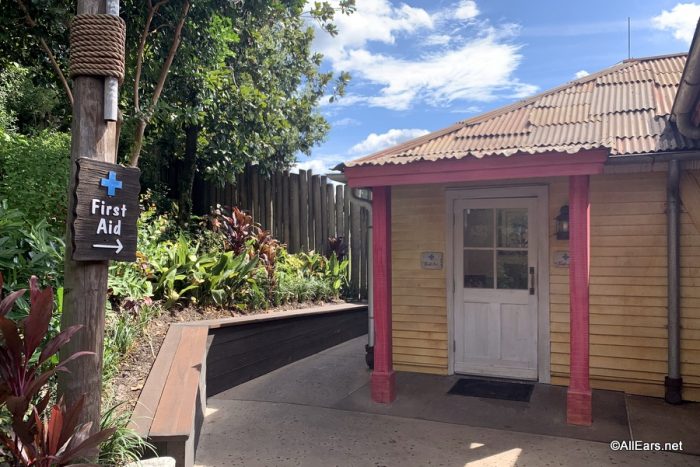
No matter what park you’re visiting, you’re guaranteed to find a quiet area at your park’s First Aid center, so be sure to familiarize yourself with its location. There are also Baby Care Centers at each park, but these are often adjacent to the First Aid stations. A Cast Member will be able to direct you to the most appropriate location for your needs.
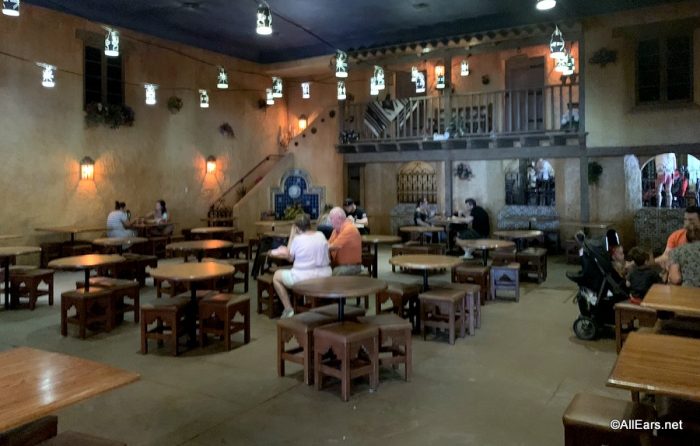
Outside of peak hours, you can typically find some quiet space at the various table service and quick service restaurants. Simply speak to a Cast Member, and they’ll direct you inside. This option obviously doesn’t work during meal times, so keep that in mind if you need an extended break.

Other typically quiet spaces include non-seasonal exhibits, like the Swiss Family Treehouse at Magic Kingdom or Gorilla Falls at Animal Kingdom.
Other Tips
If you’re looking for some more advice on how to plan your Disney Vacation, Disney offers a guide specifically for guests with cognitive disabilities that provides more detailed information on the DAS, quiet areas, and other services Disney provides. However, keep in mind that the guide is a bit outdated and doesn’t reflect the current state of the parks.
You can find the Disney World version here and the Disneyland version here.
With some planning, going on a Disney vacation doesn’t have to be an anxiety-inducing hurdle. Just remember, always listen to your neurodiverse party member, take things one step at a time, and don’t be afraid to take a little break.
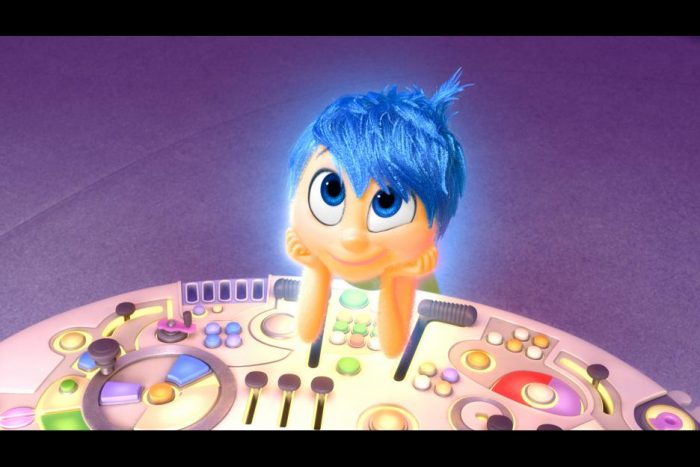
Do you have tips on how to handle the parks as a neurodiverse person? Any stories from your own experiences? I know we say this all the time, but it would really mean a lot if you shared them in the comments. Let the other neurodiverse Disney fans out there know they aren’t alone!
Join the AllEars.net Newsletter to stay on top of ALL the breaking Disney News! You'll also get access to AllEars tips, reviews, trivia, and MORE! Click here to Subscribe!









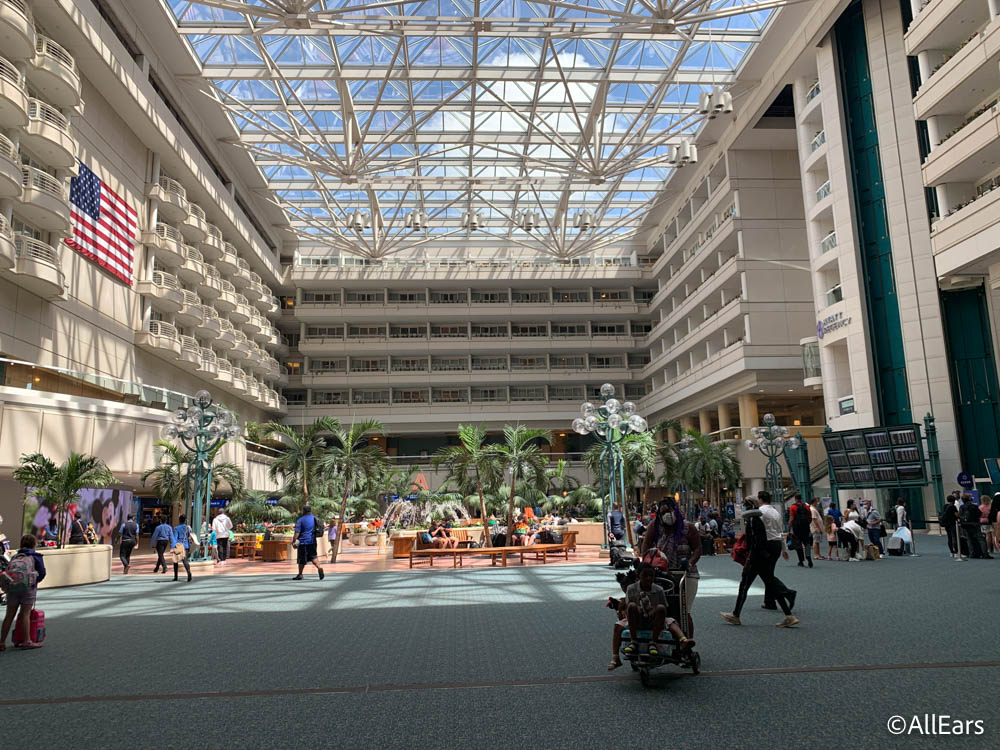


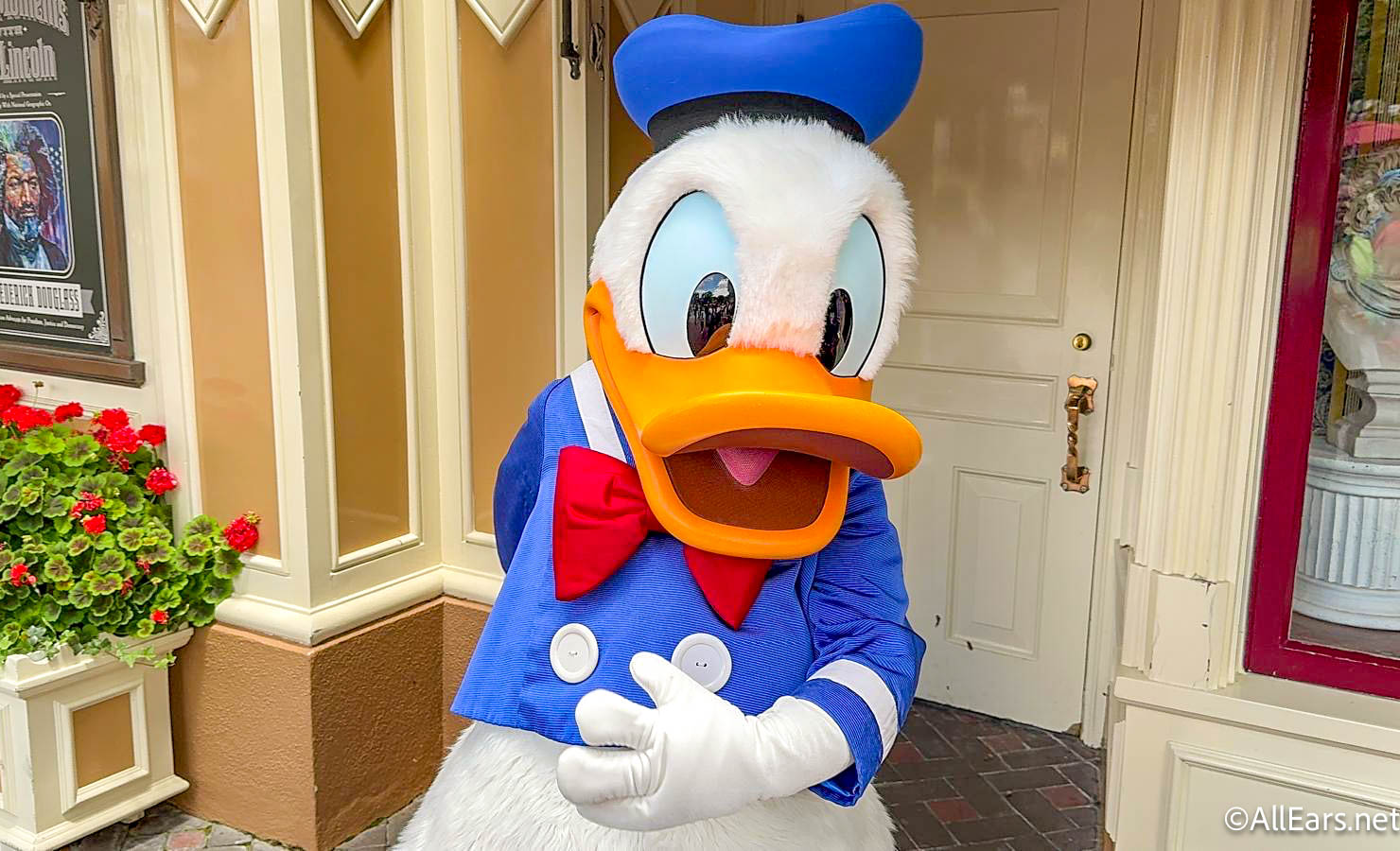











I suffered a TBI many years ago and get very overwhelmed if it gets too crowded. We love to escape to the resorts. Animal Kingdom is awesome with all their cultural representatives. None of kids feel like they missed out on a park day because of me while collecting their AK beads.